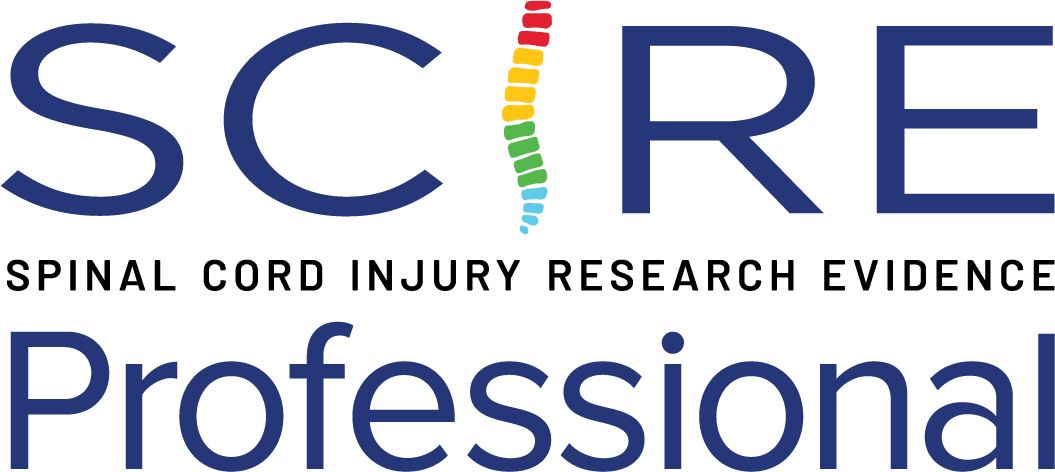Standing Balance
Up to 75% of individuals with incomplete SCI experience falls while standing and frequent losses of balance post-rehabilitation (Arora et al. 2020; Brotherton et al. 2007). Moreover, falls are among the most common cause of SCI in persons > 60 years old (Dohle & Reding 2011), so standing balance training may be particularly important for the safety of older people and people with incomplete SCI.
There are several different interventions which focus on the recovery of standing balance in people with SCI. Some investigations have examined the effect of locomotor training on enhancing balance performance as a secondary measure, which could be justified as walking and standing balance outcome measures are highly correlated (Forrest et al. 2012). Several systematic reviews have been conducted to show the effects on balance due to technology-assisted rehabilitation (Lorusso et al. 2022), or due to the use of specific technologies such as RAGT with Lokomat (Alashram et al. 2021), overground powered lower limb exoskeletons (Tamburella et al. 2022), and VR (Abou et al. 2020) in patients with SCI. Overall, there is very low quality of evidence that walking interventions and upright balance training with visual feedback had clinically meaningful and significant pooled effects on improving standing balance control (Benn et al. 2025).
There are many different outcome measures used in the studies included below assessing standing balance; however, the systematic reviews of Arsh et al. (2021) and Arora et al. (2020) showed that the FRT, BBS, and Mini-BESTest are the most studied tests and appear to be valid and reliable clinical instruments assessing balance function in patients with SCI. Another systematic review suggested the Mini-BESTest is a reliable tool for assessing standing balance in people with SCI (Hosseinzadeh et al. 2024).
